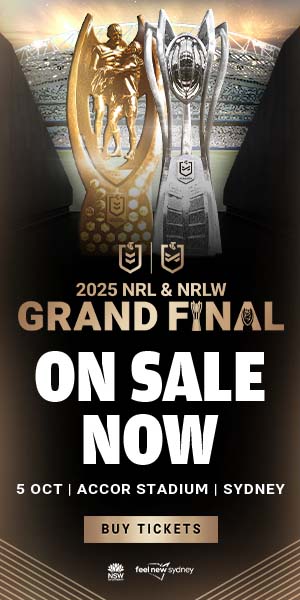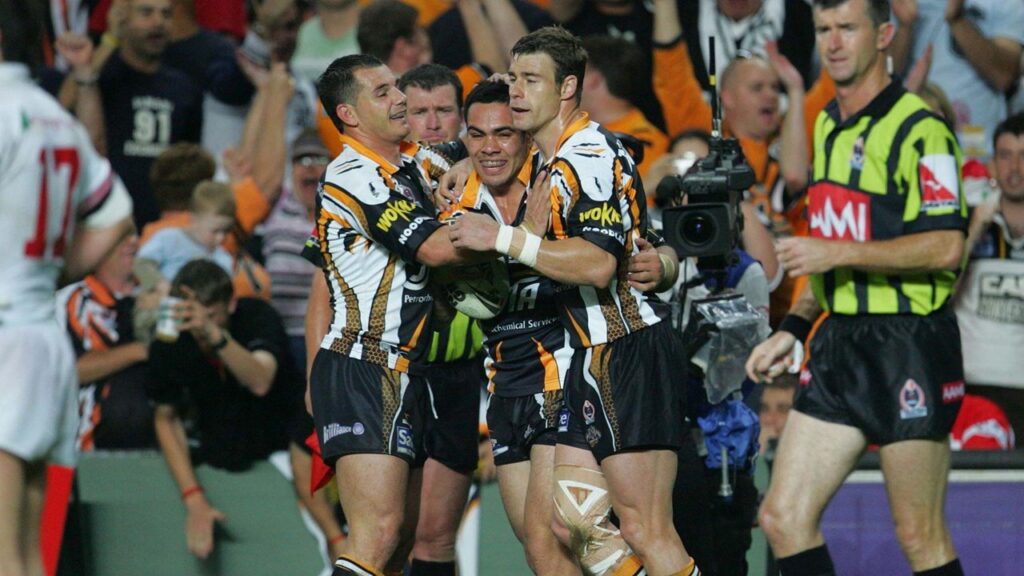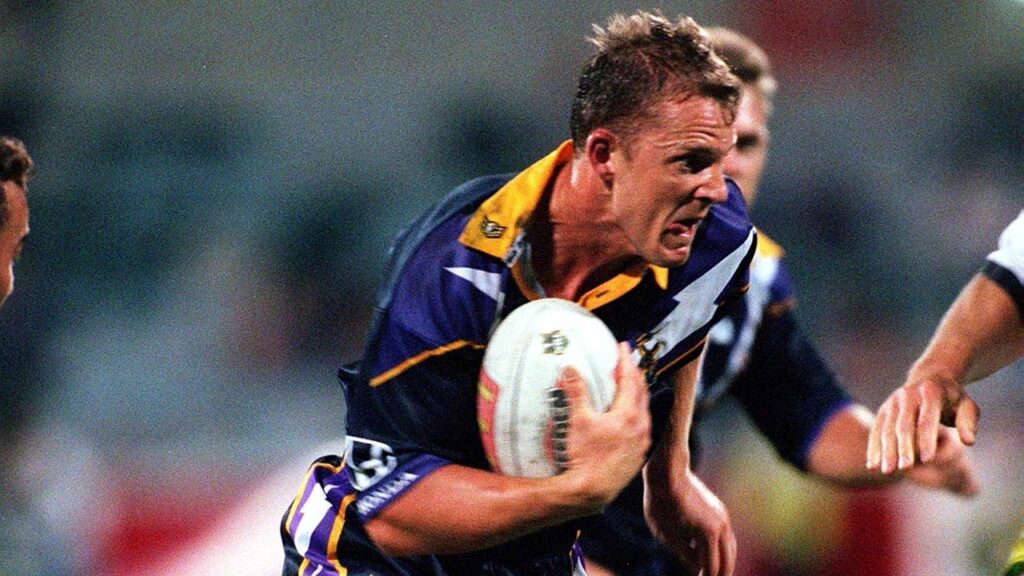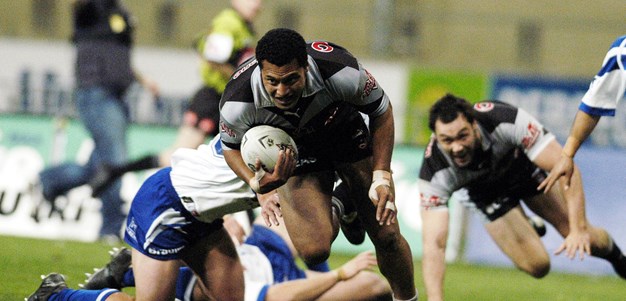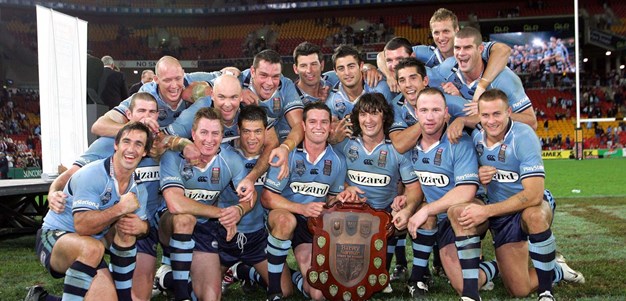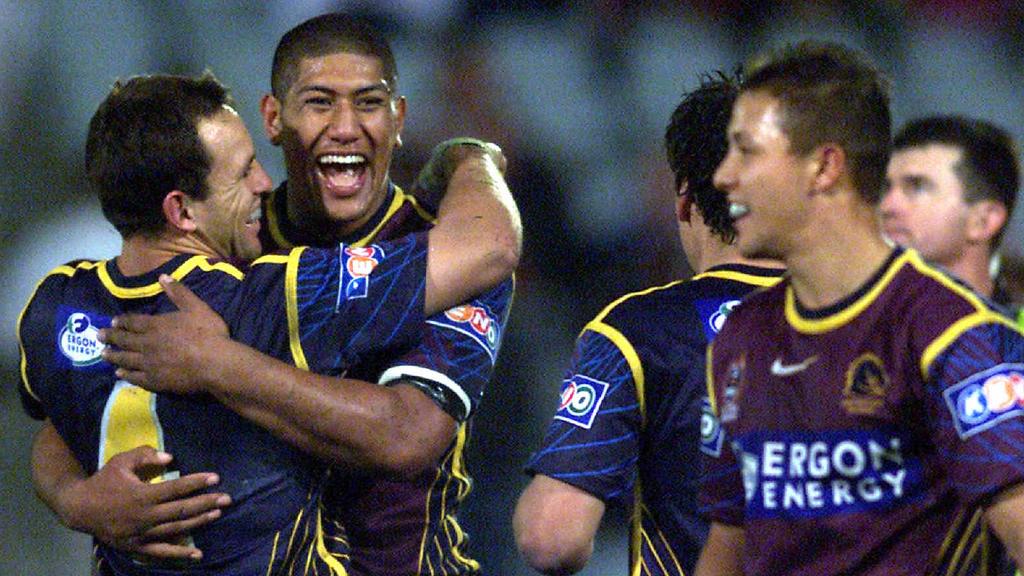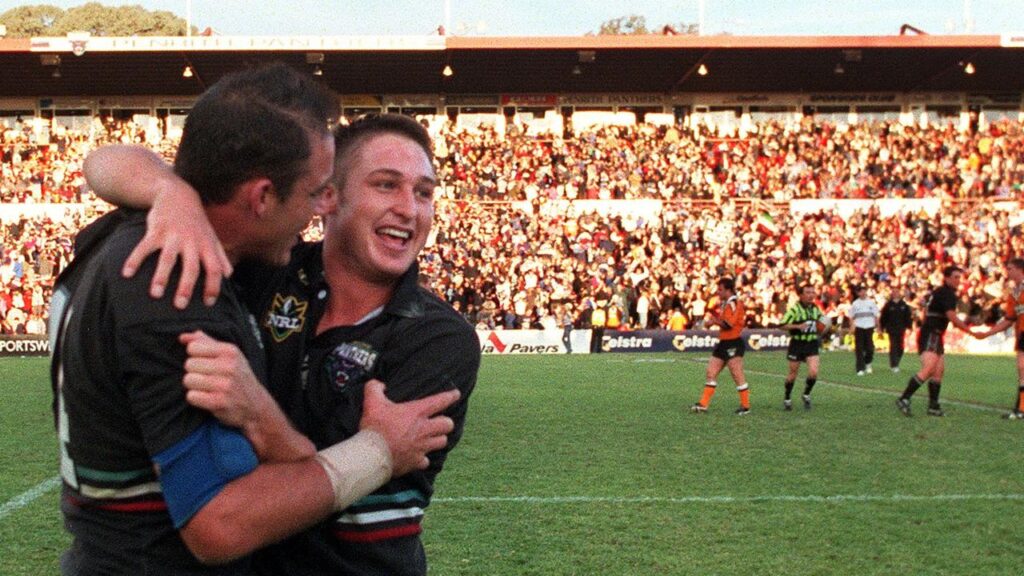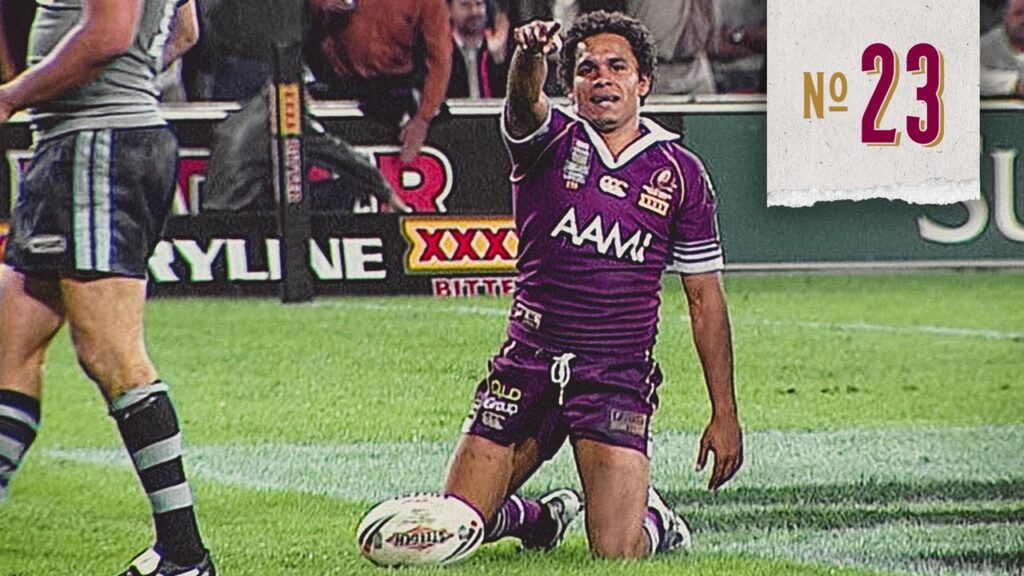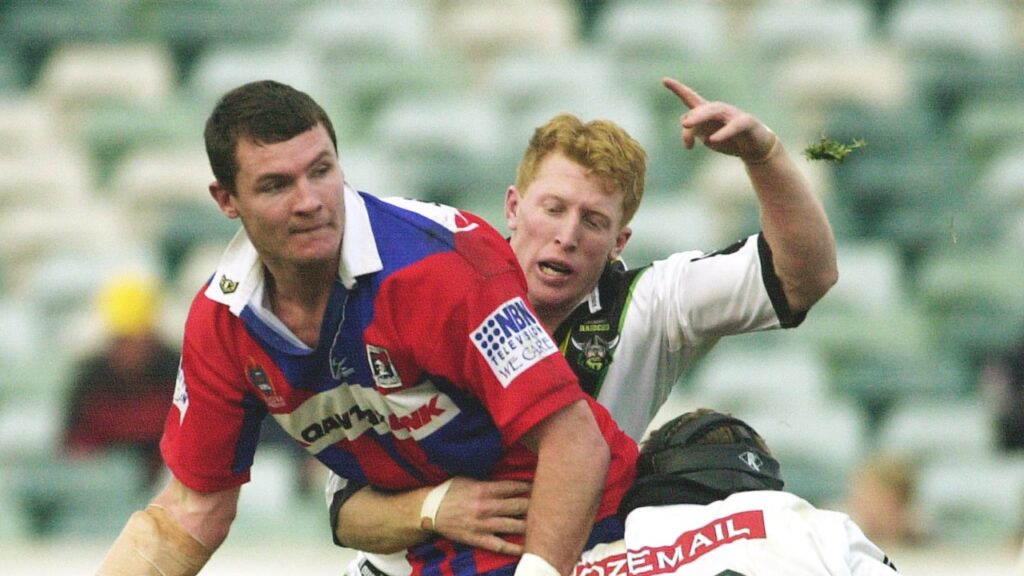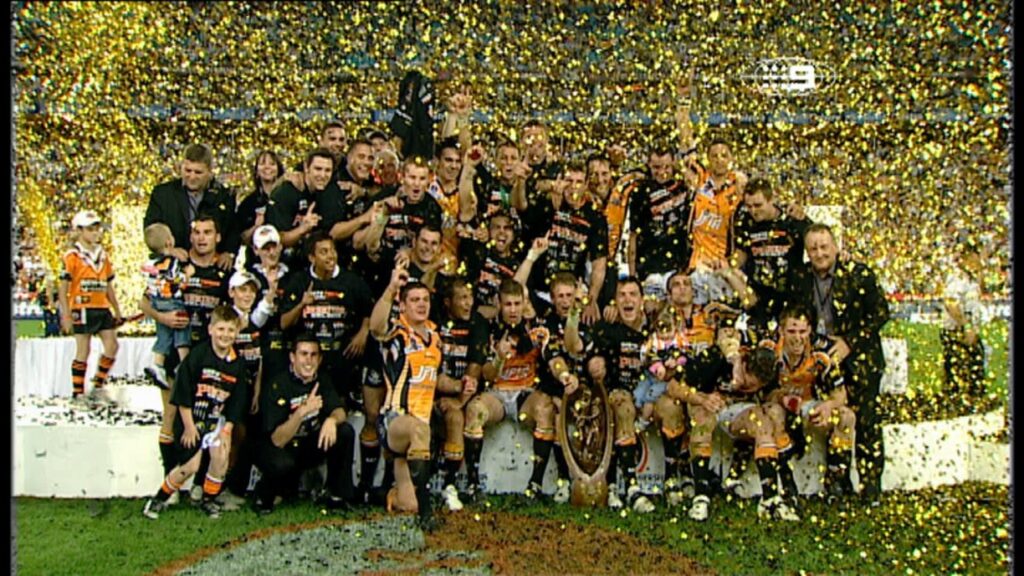Former St George forward Matt Elliott coached in the Super League and NRL for 17 seasons, before moving into the wellbeing space. Big League delves into his coaching journey and his work with The Change Room.
YOU WERE REGARDED, FOR WANT OF A BETTER TERM, A NEW-AGE COACH DURING YOUR CAREER – INTRODUCING THINGS LIKE MEDITATION, VISUALISATION AND MINDFULNESS WHEN IT WASN’T THAT COMMON – AND YOU HAD TROUBLE SHAKING THE ‘WEIRD DUDE’ REPUTATION. WERE YOU JUST A BIT AHEAD OF THE CURVE?
I don’t think I was ahead of the curve, I think it was just new to rugby league. I read a book in 1995 by Phil Jackson, the winningest coach in NBA history, and that’s what sparked my curiosity. Coming from an academic background in sports science, I knew that 90 percent of Olympic downhill skiers do visualisation – I thought initially it was weird. I was intrigued so I did the research behind it and found it wasn’t ‘woo-woo’ at all.
When you close your eyes, 70 percent of your brain’s external distractions disappear. It allows you to focus on your craft … it helps high performance. That didn’t mean directors on boards understood and wanted you investing in it.
DID YOUR PLAYERS RESPOND WELL TO IT?
I didn’t really do it at Canberra, but in 2009 and ’10 at Penrith they really did. The board of directors weren’t really happy with me investing in it, but the players loved it. In New Zealand I did a different approach, I got a breathing coach, Nam Baldwin, and now you see every team doing it.
THE WARRIORS HAD NOSEDIVED AFTER THEIR 2011 GRAND FINAL APPEARANCE – WHAT WERE YOUR EXPECTATIONS BEFORE ARRIVING IN 2013 AND WHAT WAS THE REALITY WHEN YOU GOT TO AUCKLAND?
I’ll be really raw with this. The staff at the club were amazing, I was really impressed with the way the club was run on an administrative side. As far as football goes, it was a mess. The players were a mess physically, I couldn’t believe how unfit they were. I knew that 2013 was going to be a tough season because we weren’t going to be able to sustain them through the whole year, because we were going to have to work them so hard in the pre-season just to be in the orbit of being physically able to win games.
But the talent there – there should have to be two teams in New Zealand, I’ve been saying this for a long time and I was saying that when I was there. Talent’s overrated, everyone in the NRL has talent. It’s how you develop that talent from 15, 16, 17 – you don’t develop them to win competitions at that age, you develop them to become NRL players. That’s what Ivan Cleary’s done so well at Penrith, they teach them the language and the systems of NRL, and they progressively move their mindset in that direction.
That’s what I was really keen to do at the Warriors and that was going to take a while. But my performance, I got a little distracted by whole of club stuff and some things that were going on back here in Australia personally. But the opportunity for the Warriors to be one of the top three or four clubs in the NRL consistently I believe exists.
DURING YOUR FIVE SEASONS AT PENRITH, COULD YOU SEE THE POTENTIAL FOR THE SUCCESS THE CLUB HAS HAD IN RECENT TIMES?
Not at the time. Penrith were $40 million in debt, ‘Gus’ (Phil Gould) turned that club around by getting James Packer to fund a lot of stuff, they were the first club with a high performance centre. I had no resources below the NSW Cup team – and even their coach was parttime.
Could I see it? Not with a club that was struggling financially as they were. That stuff needs to be resourced, but obviously the outcome of that resourcing is you get that money back.
YOU’VE BEEN INVOLVED WITH RUGBY LEAGUE AS A COMMENTATOR AND IN COACHING ASSISTANT ROLES SINCE YOUR LAST NRL HEAD COACH ROLE. BUT THE CHANGE ROOM, WHICH YOU STARTED IN 2017, IS WHAT YOU’VE POURED MOST OF YOUR ENERGY INTO OF LATE – CAN YOU TELL US ABOUT THAT?
Connected to the personal challenges I had coming out of that period at the Warriors, I didn’t have an answer to some things. I was taught to have a cup of concrete and harden up, so I didn’t really understand what emotional challenges were like. I knew how I didn’t want to feel – which is how I was feeling.
I knew how to get fit, because I’d learnt how and helped other people to do it, so it was basically the installation of a high-performance approach to making people feel better and helping people perform better in daily life. What I worked out is if it works for an athlete, it’ll work for a human being.
AND YOU’VE GOT AN IMPRESSIVE ROSTER OF EXPERTS ON BOARD WITH YOU AT THE CHANGE ROOM?
Anthony Minichiello basically saved my life in 2012 when I was at the Roosters. I had an autoimmune disease. He wasn’t a nutritionist, and I had some of my academic background in nutrition, and I thought, ‘Mate, you’ve got no idea’. Then I did some deeper research, and he was right. ‘Mini’s’ now one of the most sought-after nutritionists in Australia for sportspeople – you would have seen the story of how he helped Cameron Munster recover [from hip surgery].
I started bringing people like that into the business, like Nam Baldwin. We did a lot of stuff in workers compensation in New South Wales for injured workers, particularly psych injuries, which is a really big thing in Australia. Then we got to do some work in New Zealand as well – predominantly online – and Ruben Wiki presented for us in person over there. Just helping people get access to information that they don’t know about.
HOW REWARDING HAS THE WORK IN THIS FIELD BEEN?
People sit there and go, ‘Well, I’m not athlete, I wouldn’t breathe like an athlete, I wouldn’t learn to sleep like an athlete, I wouldn’t learn an athlete’s mindset’. Well, why not? You’re a human. At first I believed it would work, but now I know it works. We’ve got results in places like correctional services and hospitals – our return on investment for our business is 75 [dollars] for every dollar you spend.
It’s been quite inspiring to see what you learn through footy, and we’re all supposed to be numpties, semi-dribblers. Rugby league players don’t even realise that what they get exposed to on a daily basis is actually something that can change other people’s lives as well as their life. It’s not just about athletic performance, it’s about functionality. It’s been great to be a part of and the people I’ve got involved in the business are so much fun to work with.
Visit the thechangeroom.info to check out the services and resources The Change Room provides. Matt Elliott’s second book, Winning the Second Half, co-authored by Susan Pearse, will be launched in August.

